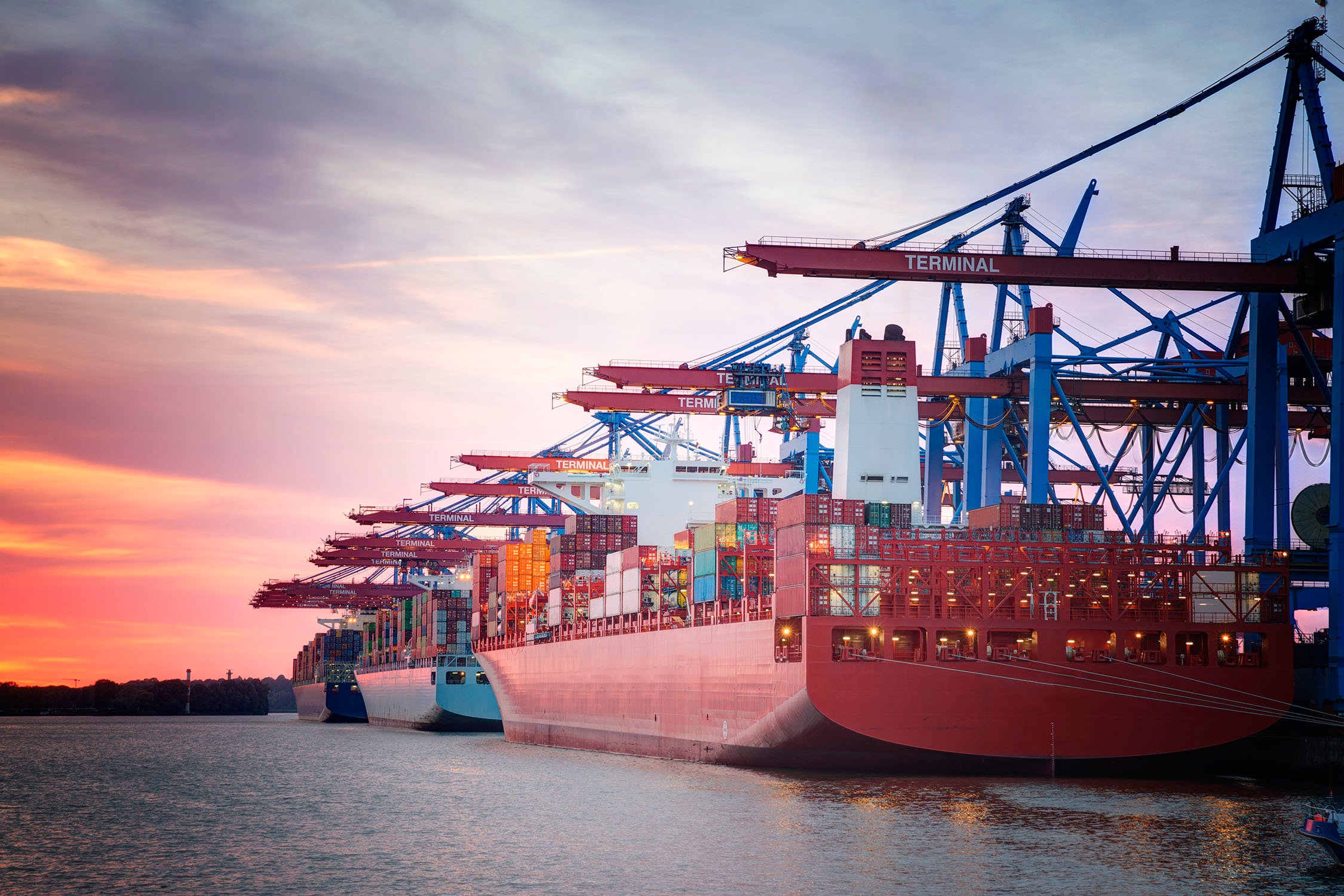On 24 July 2020, the European Commission announced that at a meeting of the WTO Trade Policy Review Body, the European Union, backed by ten other members of the World Trade Organization (Australia, Canada, Chile, Japan, Mexico, New Zealand, Norway, Singapore, Republic of Korea and Switzerland), submitted a joint communication calling for more transparency in respect of trade-related measures introduced by partners around the world in response to the coronavirus pandemic. The aim is to…
